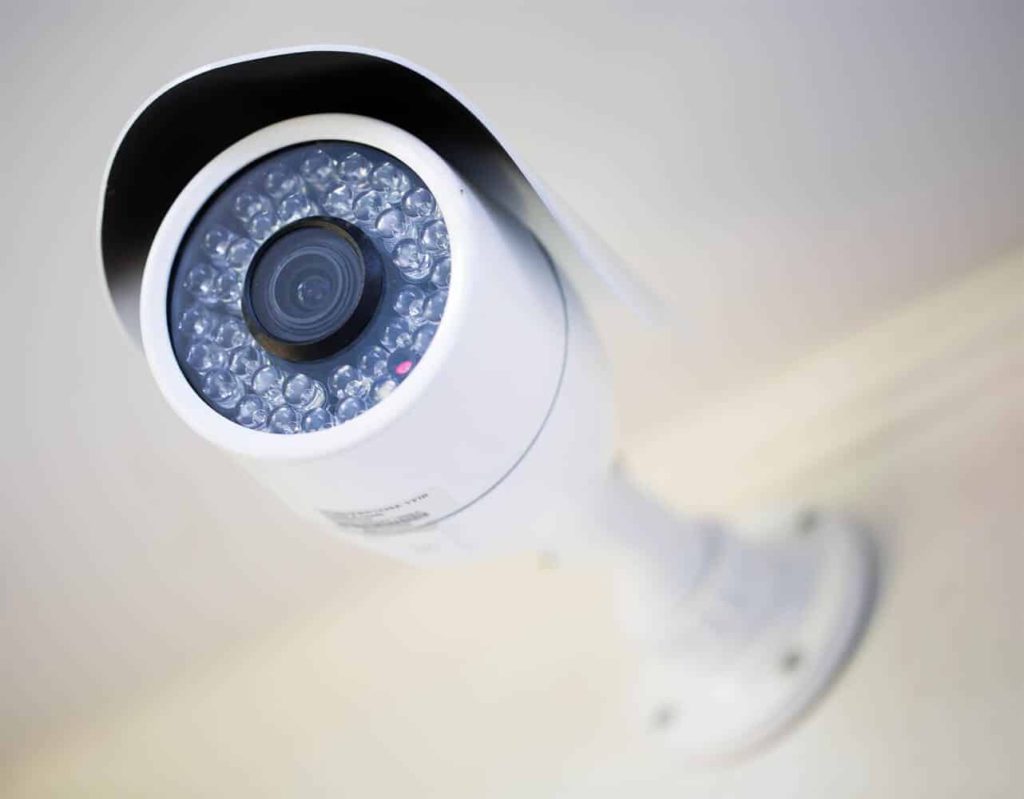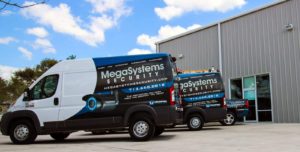Thirty years ago, if this article had used the title Smart Security for Warehouses, you might have found an article about alarm systems. Twenty years ago, you might have read about alarm systems that were hooked up to a two-way communication device. Ten years ago, it might have been a ‘sophisticated’ alarm system with grainy video footage.
Today, smart security for warehouses is much more. The past ten years have been absolutely revolutionary for the field of smart security. What was once a job for a guy sleeping on a chair in the office and making rounds a couple of times a night, is now a concept that can deeply affect numerous areas of operation in a company. A warehouse is no longer only a building to hold merchandise in. It is a place of serious business.
Smart technologies for warehouse security include: External cameras, door sensors, internal cameras, temperature sensors for places that are specialized in the building, image sensors, light controls and thermostat control.
External cameras are the first line of defense for access management technology as well as a great tool for assessing conditions outside the building at different times of day. External camera systems can be used operationally in a proactive way. For example, footage can enable owners to review footage of outdoor conditions over time to manage best practices for deliveries and shipping, identifying risk and benefit times for the business. Video can also allow staff internally to identify those waiting to and control access. In the case of an attempt to compromise the security of the building, footage can be used to identify perpetrators. External cameras can be used in conjunction with image sensors, which notify staff in the event that predetermined events take place.
Internal cameras can be used to keep track of staff and where applicable, customers as well as identify progress in daily operations. For example, where a dispatch or logistician might have had to communicated directly with staff to get updates in the past, now they can observe work status in real time enabling the assessment of duration and progress of work. Cameras can also be used to identify the location of staff in an emergency situation. Operation of cameras 24 hours a day and seven days a week, along with cloud storage of the footage, means always being able to see what is going on or went on at the property.
Door sensors make staff aware of entry and exits, whether a door is ajar, for how long, and when and if it happens during a time that the building is closed. Notifications can be set to send when any one of the aforementioned occur. Over time, data can be collected and important information about foot traffic can be gleaned from it, providing insight about patterns and recurring incidents.
The ability to adjust heat and lighting as needed is an enormous advantage. Weather patterns are unpredictable. Remote control of integral environmental systems, is a crucial advantage, especially as they relate to product that may be volatile or require special conditions for optimum quality. Air temperature, humidity and ventilation can all be controlled through smart warehousing security solutions. In addition, notifications can be created either continuously to keep staff up to date on the real time status of the building. Sensors can send notifications to staff as soon as it identifies that an adjustment may be required.
Of course, knowledge is power! A system that communicates with the outside will instantly inform key staff about problems which they can address with efficacy and speed.
A comprehensive smart security for warehouses is of singular value. It can minimize costs while managing loss, the physical plant and employee productivity.


